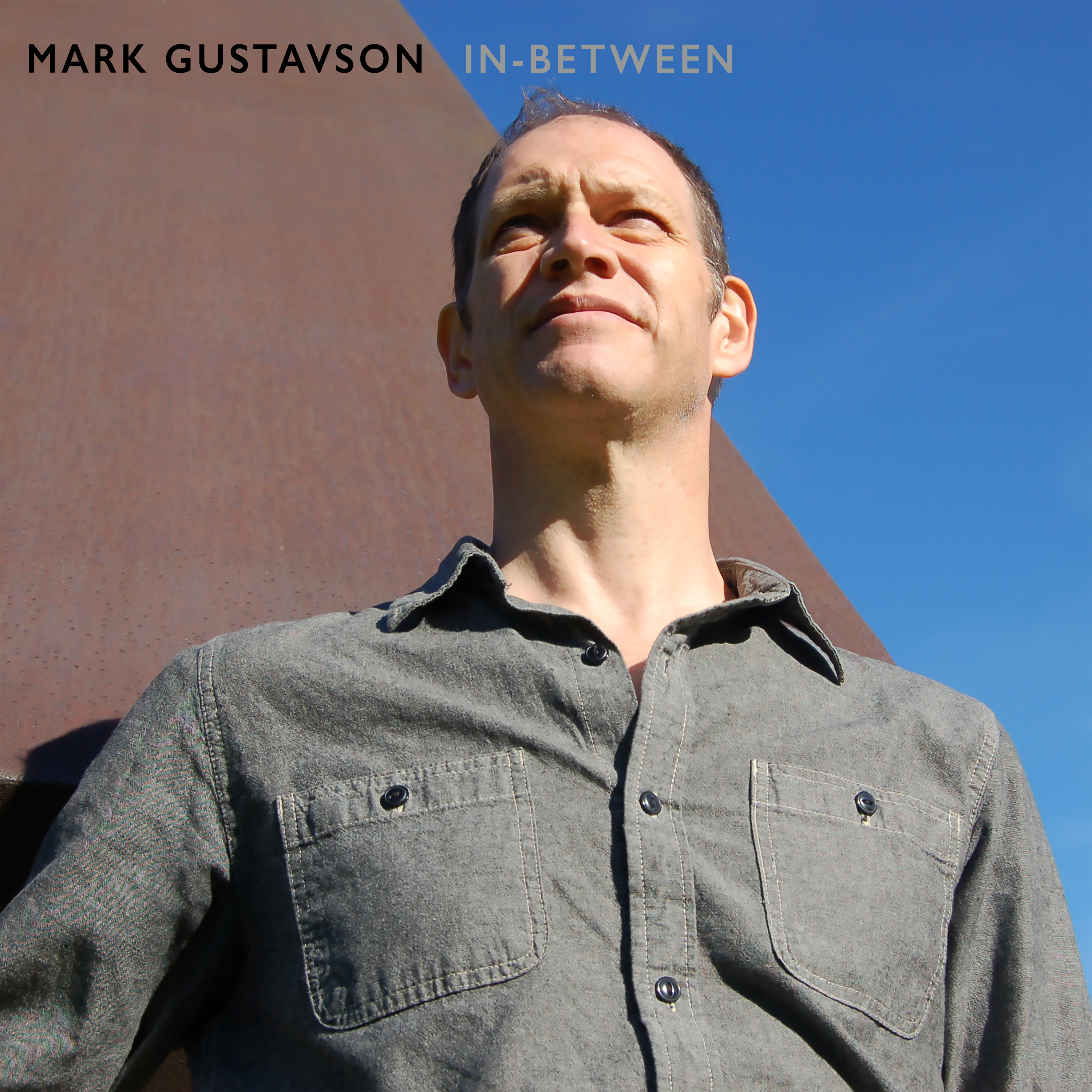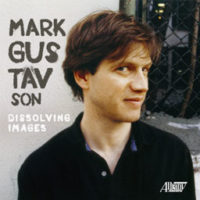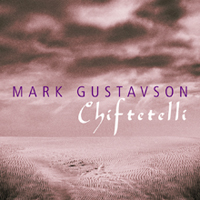This review is from the current January/February, 2014 issue of American Record Guide:
GUSTAVSON: Chamber Music
Theresa Fream, Esther Noh, Sharon Polifrone,
Cyrus Stevens, v; Keith Conant, va; Christopher
Finckel, John Popham, Kim Scholes, vc; Margaret
Lancaster, Keith Underwood, fl; Edward Gilmore,
Vasko Dukovski, Alan Kay, cl; James Rogers, trb;
Lisa Moore, Stephen Gosling, Christopher Oldfather, pno;
Richard Carrick, Anthony Korf , cond;
Albany 1424—78 minutesBrooklyn-born clarinetist-composer Mark
Gustavson offers a collection of his chamber
music from the late 1980s through the late
1990s, recorded here with three different New
York groups over a span of 20 years. Inspired
by the improvisation aesthetic in jazz and
Southeast Asian music, Gustavson strives for
an atmosphere of seemingly spontaneous
sound and rhythm even in very strict notation.
The program includes Dissolving Images
(1986) for solo piano; Jag (1991) for a sextet of
violin, cello, flute, clarinet, trombone, and
piano; a full-length four-movement
Quintet (1993); Trickster (1997) for unaccompanied
clarinet; and A Fool’s Journey (1999), a
two-movement quasi-programmatic sextet for
violin, cello, flute, clarinet, piano, and percussion.New York City clarinetist and sound engineer
Edward Gilmore leads string quartet Con-
Tempo in the clarinet Quintet and stands
alone in Trickster. Australian-born avant-garde
pianist Lisa Moore opens the recital with Dissolving
Images. The group Either/Or performs
Jag, and the musicians of Parnassus play their
own commission, A Fool’s Journey.Gustavson’s music fuses modernist gestures
with an Expressionist aesthetic. Each
score simmers with emotional vigor, from nervous
quiet murmurs to sudden violent outbursts.
The often abstract harmonic language,
though, requires a high level of professionalism
to transcend. While all the performers
bring enthusiasm and commitment, the level
of sonic refinement varies greatly. Some players
have complete control of their craft, others
not so much, and so appreciation of Gustavson’s
efforts can be difficult.Clarinetists interested in the quintet and
the unaccompanied Trickster, for example, will
welcome Gilmore’s expressive vision but may
be turned off by his much too free-blowing
set-up and his persistently spread tone. At the
same time, though, pianists who check out
Dissolving Images will be impressed by
Moore’s exquisite touch, riveting musicianship,
and thorough command of the keyboard.
Patrick Hanudel



